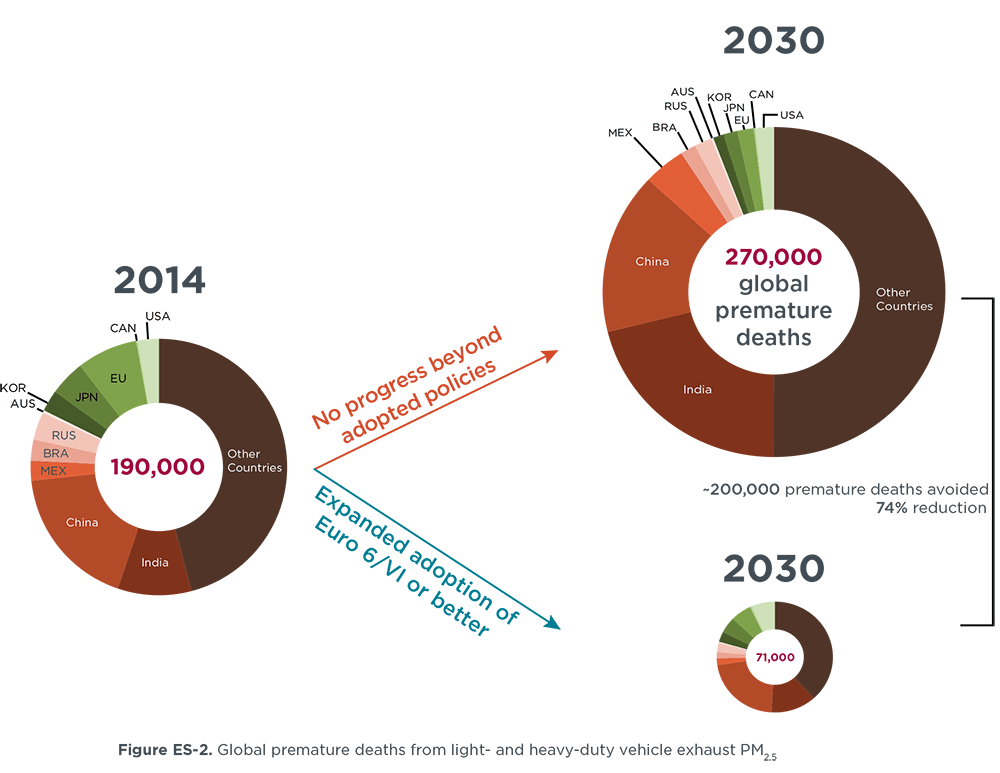2017 Traffic Control Device Challenge (Submissions Due October 1, 2016)
TRB is co-sponsoring the Traffic Control Device Challenge (TCDC), which aims to promote innovation and stimulate ideas in the traffic control devices area with a goal of improving operations and safety. The focus of this year’s TCDC is supporting advanced vehicle technologies, connected vehicles, or autonomous vehicles. In order to focus the submissions, priorities will be given to those that include pavement markings, traffic signing, and/or work zone devices. Submissions are due October 1, 2016, and guidelines for participation are available online.
If selected as a finalist, submitters should either plan to attend or have a representative attend the TRB Annual Meeting, January 8-12, 2017 in Washington, D.C. The judging for the top three submissions will take place during the TRB Annual Meeting. The first, second and third place winners will be expected to attend the American Traffic Safety Services Association (ATSSA) Convention and Traffic Expo, February 12-14, 2017 in Phoenix, Arizona.
trafficcontroldevicechallenge






